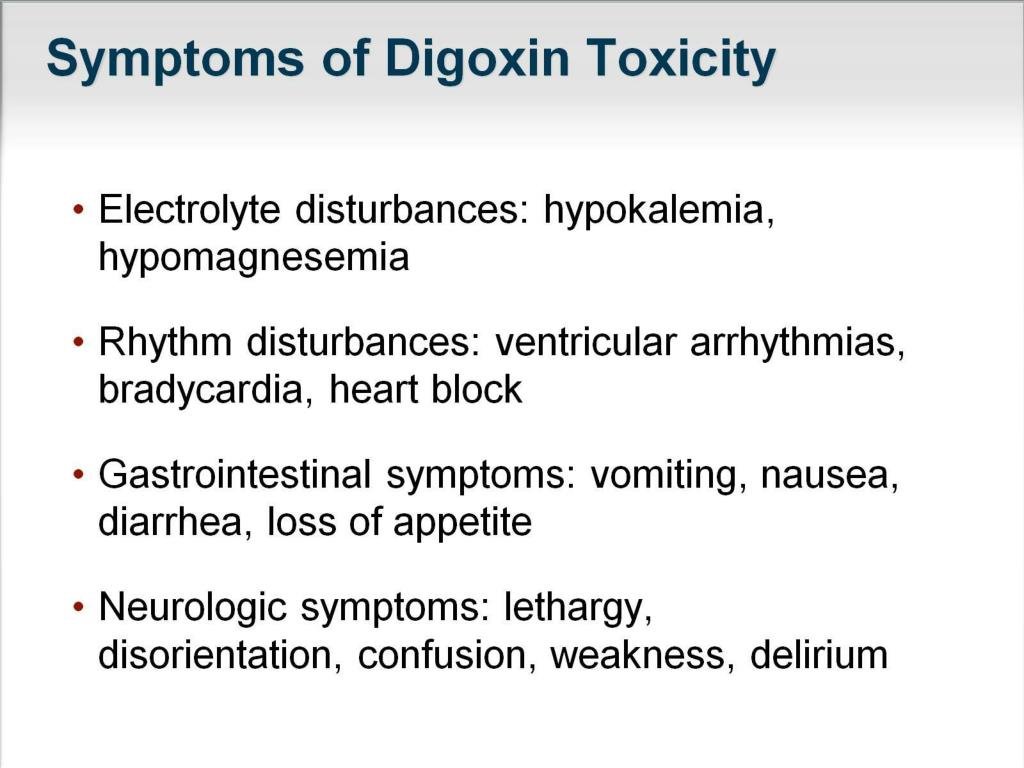

It is on the World Health Organization's List of Essential Medicines. It was first isolated in 1930 from the foxglove plant, Digitalis lanata. ĭigoxin is in the cardiac glycoside family of medications. It is unclear whether use during pregnancy is safe. Greater care is required in older people and those with poor kidney function. These side effects may include loss of appetite, nausea, trouble seeing, confusion, and an irregular heartbeat. It is excreted mostly unchanged in the urine.Ĭommon side effects include breast enlargement with other side effects generally due to an excessive dose.

Digoxin has a half life of approximately 36 hours given at average doses in patients with normal renal function. Digoxin is taken by mouth or by injection into a vein. It works by increasing myocardial contractility, increasing stroke volume and blood pressure, reducing heart rate, and somewhat extending the time frame of the contraction. Digoxin is one of the oldest medications used in the field of cardiology. Most frequently it is used for atrial fibrillation, atrial flutter, and heart failure. Digoxin (better known as Digitalis), sold under the brand name Lanoxin among others, is a medication used to treat various heart conditions.


 0 kommentar(er)
0 kommentar(er)
